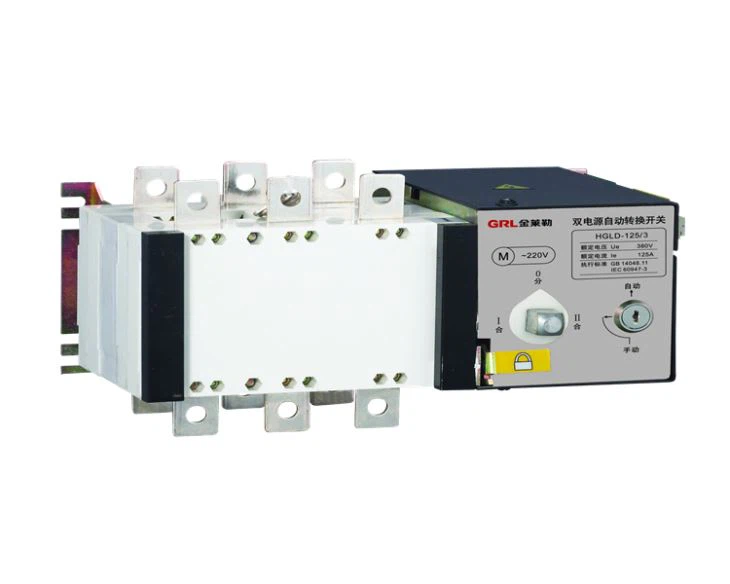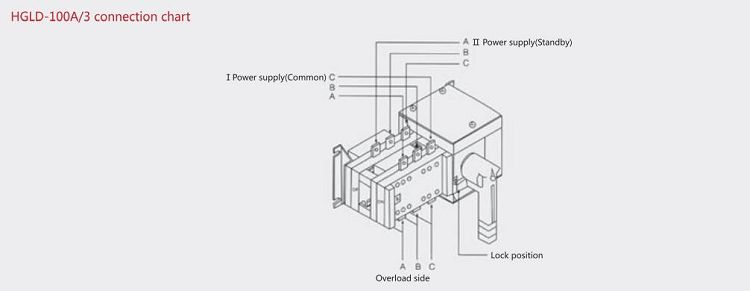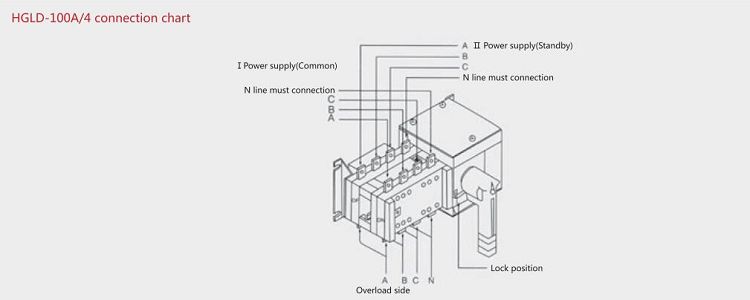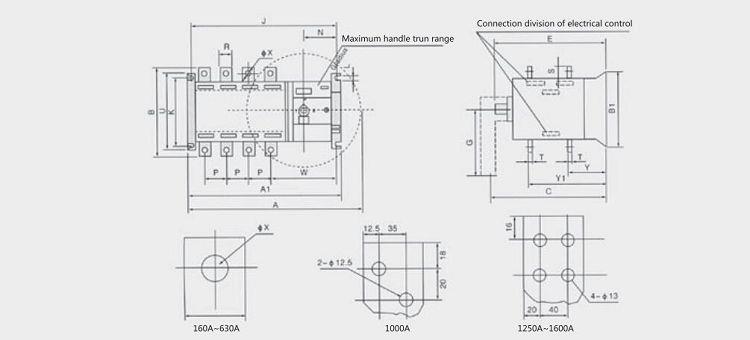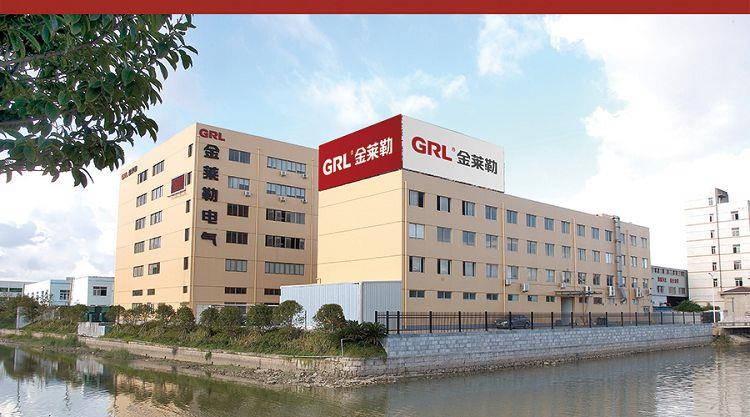Load Transfer Switch
Load transfer switch Suitable for AC 50HZ, rated voltage 400V/690V, rated current 1600A. 3 poles & 4 poles.
- Product Details
- Parameter
- Product Acessories
- Download
-
Load transfer switch Suitable for AC 50HZ, rated voltage 400V/690V, rated current 1600A. 3 poles & 4 poles.
The Terminal Is Copper T3
3-poles or 4-poles
Avoid erroneous operations
Designed according to IEC/ EN 60974-3
Conventional Current 250A 630A 1600A 3150A Rated Current In (A) 200 250 315 400 500 630 1000 1250 1600 2000 2500 3150 Rated Insulation Voltage Ui (V) 1000 Dielectric Strength (V) 8000 10000 Rated Surge-Resistant Voltage Uimp KV Rated Working Current AC-21B 200 250 315 400 500 630 1000 1250 1600 2000 2500 3150 380V AC-22B 200 250 315 400 500 630 1000 1250 1600 2000 2500 3150 AC-23B 200 250 315 400 500 630 AC-21B 200 250 315 400 1000 1000 1600 2000 2500 2500 660V AC-22B 160 160 315 315 315 315 800 800 800 1000 1250 1600 AC-23B 100 125 Motor Power 380V 100 132 160 220 280 315 560 560 560 710 710 710 P (Kw) 660V 90 110 185 185 185 185 475 475 475 750 750 750 The Precautions For The Installation And Use Of The Load Transfer Switch Are As Follows:
1) When the switch is installed, the handle should be kept in a horizontal rotation position.
2) Because of the low on-off capability of the load transfer switch, it can not be used to break the fault current. When the motor is used for positive and negative rotation control, the power supply can only be connected after the motor completely stops turning.
3) When the load power factor is low, the contact capacity of the switch should be reduced.
The dual power transfer switch is a switch for switching the function of the main circuit and the standby circuit. When the main circuit is de-energized, the dual power switch will automatically switch to the standby circuit (usually an alternator) to ensure the normal use of the electrical appliances in the circuit.
The HGLD dual power transfer switch also features an isolation function that provides significant breakpoints during circuit maintenance to prevent the risk of electric shock.

